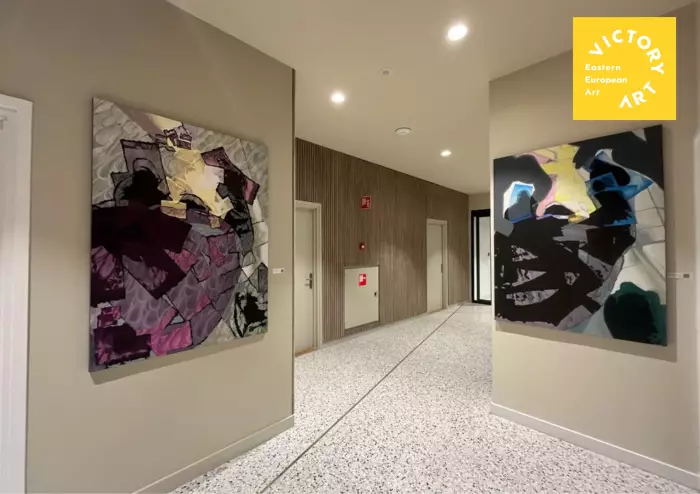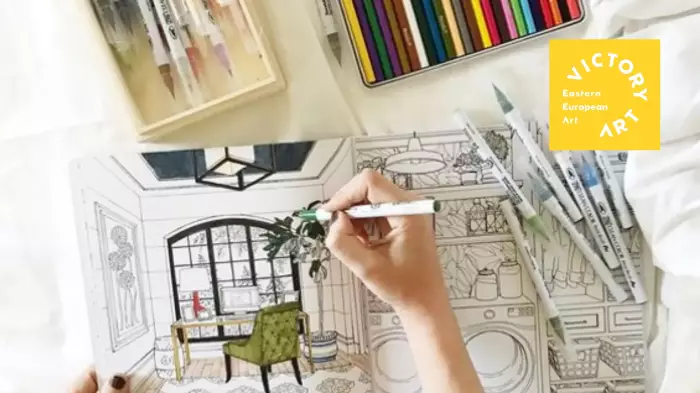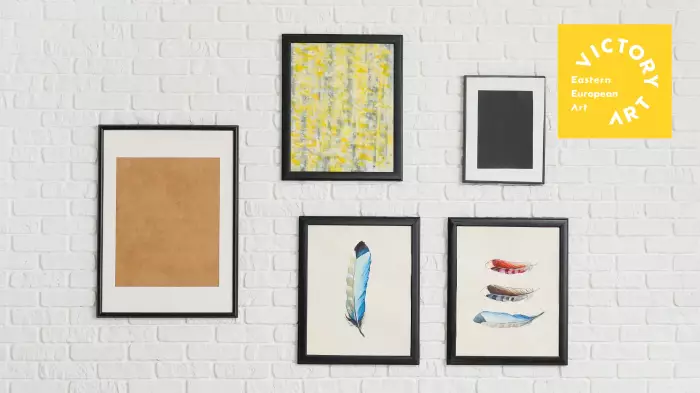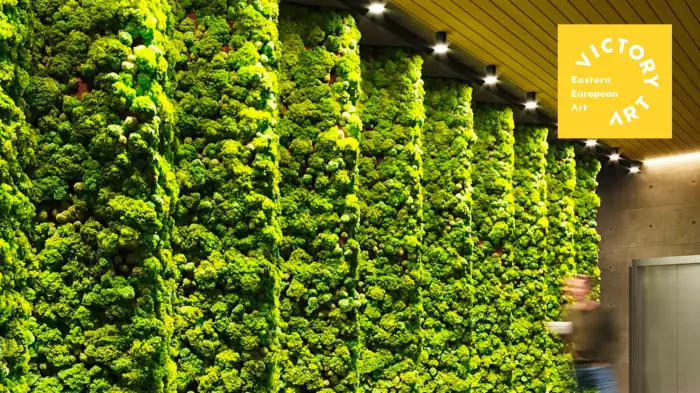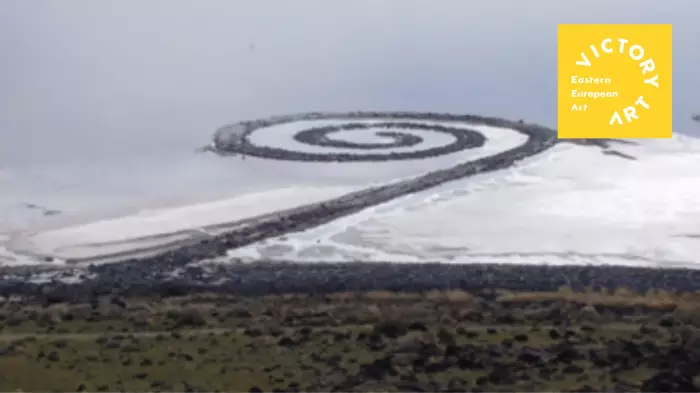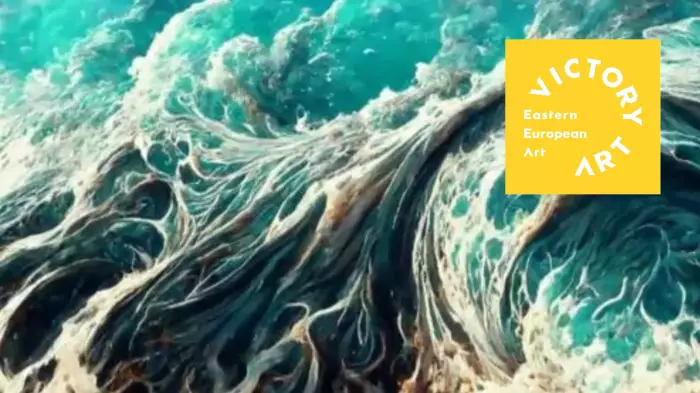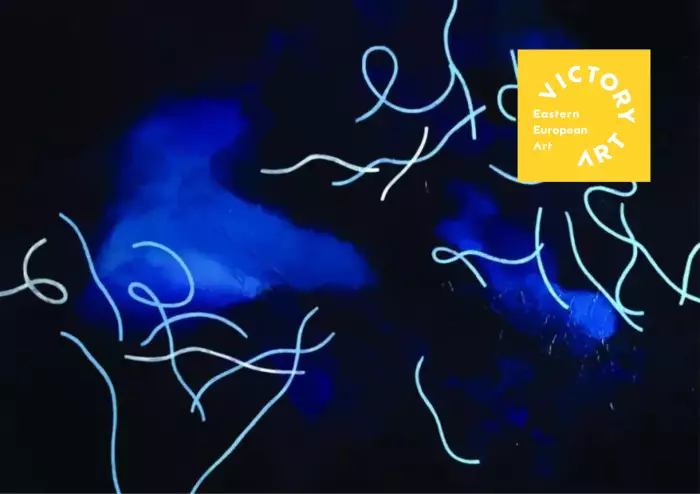MUST READ ART BLOGS
Art Blogs
Victory Art's Collaboration For Sustainability In Art
Victory Art, in collaboration with BNP Paribas and Nuveen Green Capital, has organized a captivating art exhibition in Amsterdam, featuring the exceptional works of artist Anca Constantinescu.
Art Therapy: How Can Art Enhance Your Mental Health
Art Guide: Top 5 Things To Consider To Choose The Perfect Artwork For Your Home
Sustainable Art Shipping: How It Works?
Unveiling the vital role of sustainable shipping in the art world, this article exposes the detrimental environmental effects of traditional packaging and transportation methods, while advocating for eco-friendly alternatives like kraft paper and sea shipping to preserve our planet and forge a sustainable path forward.
Biophilic Art: Connection To The Art Of Nature
Art about environmental issues
This article explores Environmental Art, which combines nature, socio-political themes, and sustainability. It highlights the historical connection between art and nature and mentions artists like Zita David and the Land art movement.
AI-generated art: can it be called 'art'?
This article explores the impact of AI-generated art on artists, discussing techniques like Neutral Style Transfer and Generative Adversarial Networks (GANs). While some artists view AI-generated art as a threat, others see it as a creative tool, and the article touches on market disruption and copyright considerations in the European Union.

.webp)

.webp)
.webp)
.webp)
.webp)
.webp)
